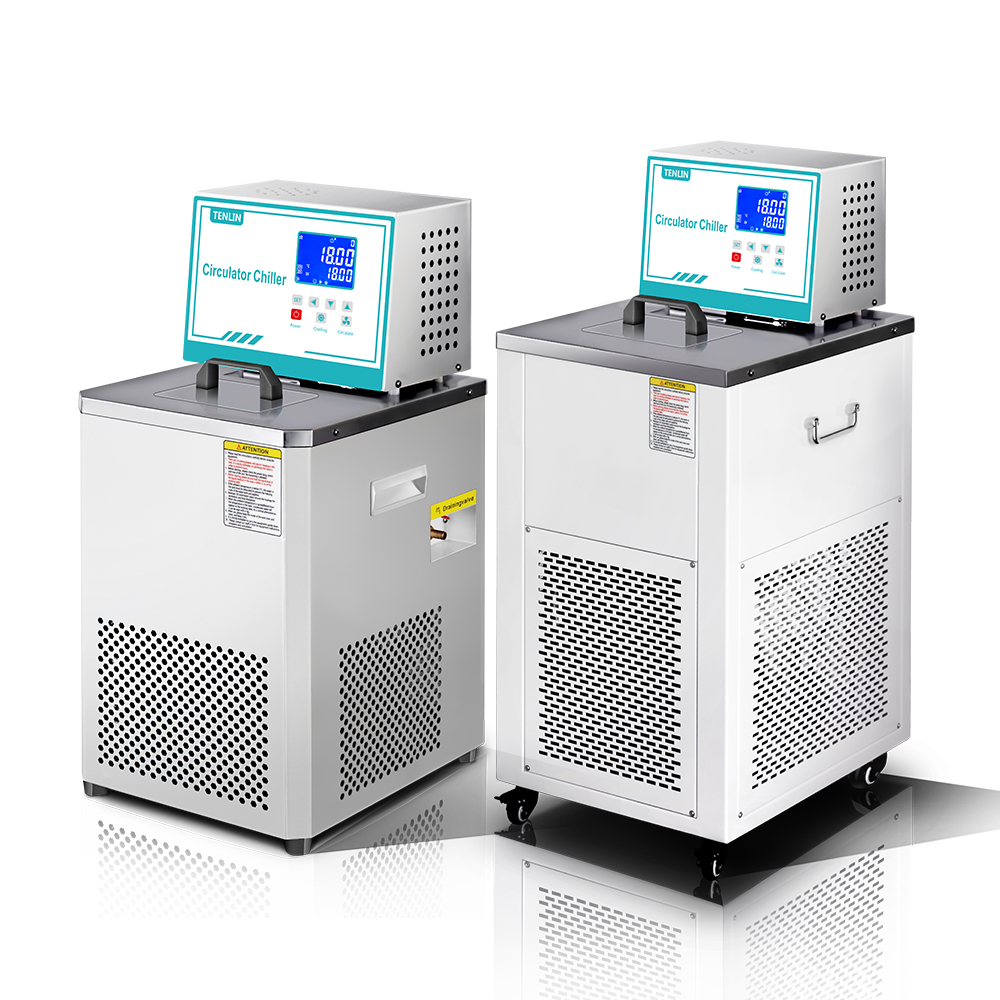Low temperature constant temperature circulating bath is a widely used equipment in laboratories, which can provide a constant low-temperature environment for chemical, biological, pharmaceutical and other experiments. Choosing a suitable low-temperature constant temperature circulating bath can not only improve the accuracy of the experiment, but also save experimental costs. The following is a detailed guide on how to choose a low-temperature constant temperature circulating bath.
1. Determine the required temperature range
Different experiments may have different temperature requirements, and when choosing a low-temperature constant temperature circulating bath, the primary consideration is the temperature range. Generally speaking, the temperature range of low-temperature constant temperature circulation tanks commonly used in laboratories can range from -80 ° C to room temperature or even higher. Therefore, you can choose the appropriate equipment based on the minimum and maximum temperatures required for the experiment.
Temperature control accuracy
Temperature control accuracy is one of the important parameters for low-temperature constant temperature circulation tanks. The higher the accuracy, the smaller the temperature fluctuations, making it suitable for experiments with strict temperature requirements, such as biological sample preservation or complex chemical reactions. Usually, devices with an accuracy of ± 0.1 ° C or lower are ideal choices.
2. Consider the cooling power of the circulation tank
The cooling power determines the cooling speed and efficiency of the low-temperature constant temperature circulation tank, and the higher the power, the faster the cooling speed. In situations where experimental requirements are high, choosing a high-power circulation tank will be more efficient. The cooling power of common low-temperature constant temperature circulation tanks ranges from tens to thousands of kilowatts, and the selection should be based on the specific load requirements of the experiment.
Sample volume and flow rate requirements
The internal capacity and flow rate of the circulation tank also need to be selected according to experimental requirements. A larger sample volume is suitable for large volume experimental needs, while the flow rate determines the stability and uniformity of temperature control. If external equipment temperature control is required, the pump speed and flow rate of the circulation tank also need to be high enough to ensure the circulation effect.
3. Consider the safety and ease of use of the equipment
When choosing a low-temperature constant temperature circulating bath, attention should also be paid to its safety and ease of use. Here are several important safety and convenience factors:
Over temperature protection: It can prevent the circulation tank from overheating and ensure experimental safety.
Liquid level alarm: The low liquid level alarm function helps prevent equipment damage due to liquid shortage.
Drain port design: convenient for draining and reducing maintenance time.
Convenient temperature adjustment interface: The low-temperature constant temperature circulation tank with digital display screen and intelligent control panel is easier to operate and helps with more precise temperature control.
4. Consider the size and space requirements of the equipment
The size of the low-temperature constant temperature circulation tank may affect the layout of the laboratory. Before making a selection, please confirm the laboratory space and measure the size of the equipment to ensure sufficient operating space. In addition, it is also very important to consider the power configuration and the discharge position of the cooling system, especially in experiments that run for a long time. Reasonable spatial layout helps with the heat dissipation and operation of the equipment.
5. Emphasize after-sales service and brand reputation
When purchasing experimental equipment, choosing a reputable brand can reduce subsequent maintenance costs. It is also important to understand the supplier's after-sales service and quality assurance policies. Reliable after-sales support can ensure timely resolution of equipment problems encountered during use. In addition, some brands also provide installation guidance and operational training, which is particularly helpful for newcomers in the laboratory.
SO Choosing a suitable low-temperature constant temperature circulation tank is a decision that requires comprehensive consideration of temperature range, refrigeration power, ease of use, and after-sales support.

Post time: Nov-12-2024






